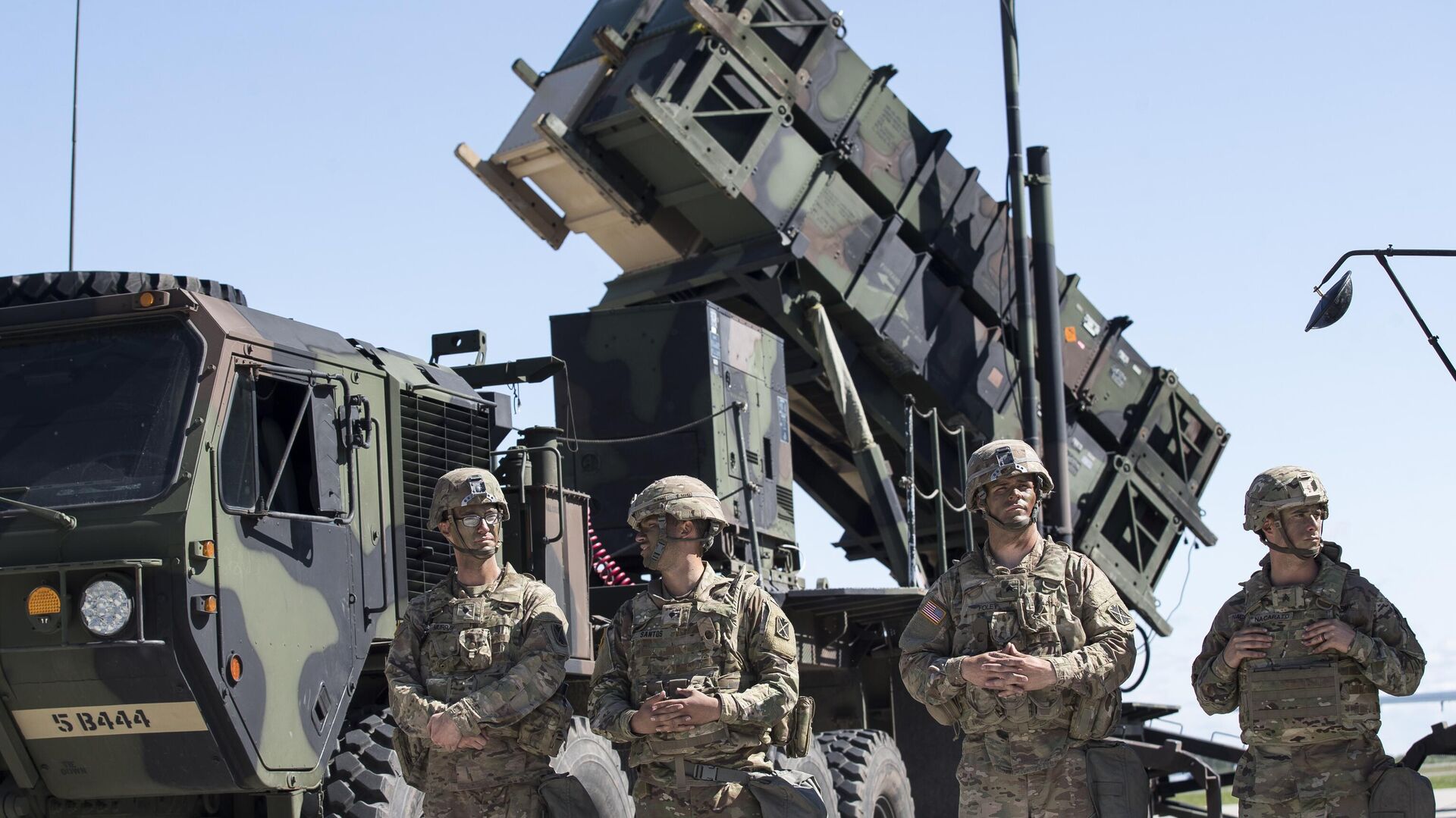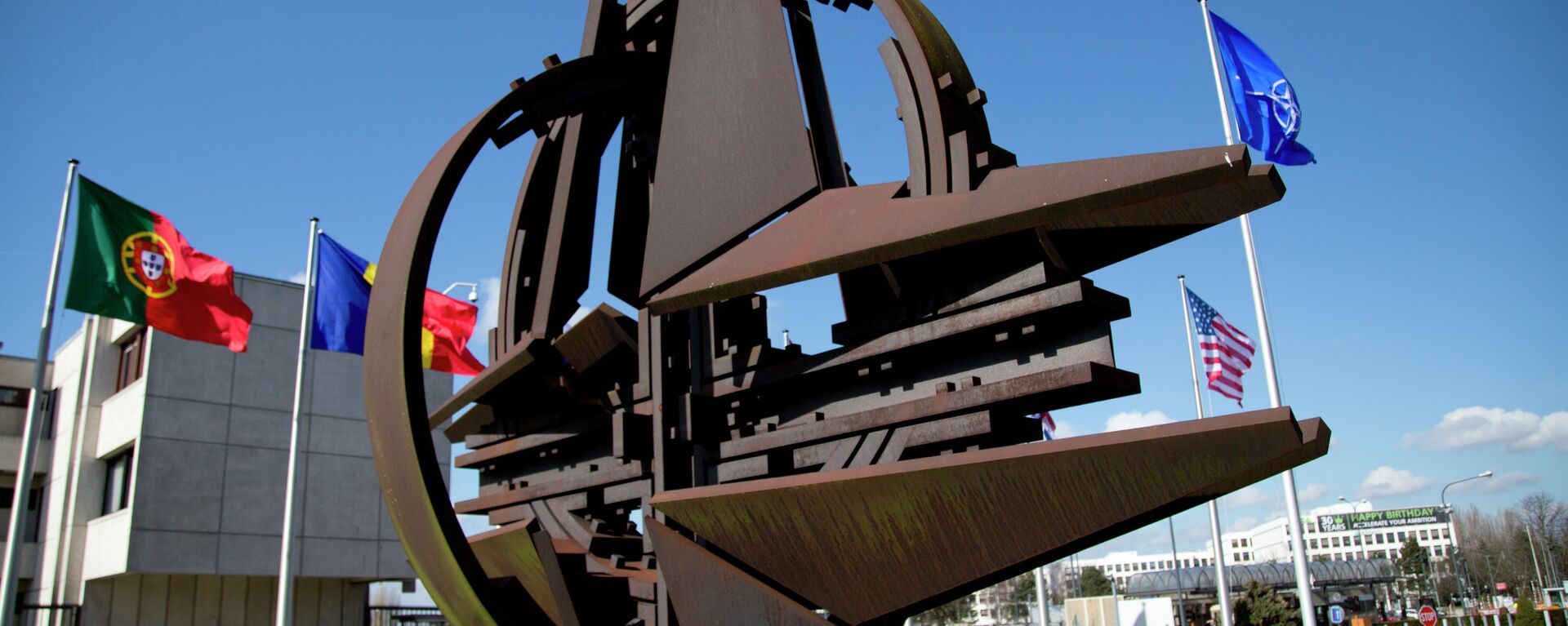NATO Drills Serve as Cover for 'Less Publicized Actions' Like Nord Stream Sabotage

© AP Photo / Mindaugas Kulbis
Subscribe
Having already spent months arming Kiev to the teeth and using it to wage a de-facto proxy war against Russia, NATO is now launching possibly its largest-ever military exercise ever in Germany, while claiming that it is purely “defensive in nature.”
On June 12, the Western military bloc that already fans the flames of the Ukrainian conflict by supplying vast quantities of weapons and military hardware to Kiev launches a massive military exercise in Germany that may well become NATO’s biggest drill ever.
As US Ret.Lt.Col. Karen Kwiatkowski explained to Sputnik, NATO is a “military alliance of disparate equipment, national procedures, and language,” and thus needs to conduct such exercises in Europe because so far, the bloc’s joint operations have been taking place “outside of Europe proper.”
Noting that the exercise will “practice defense (as NATO defines it) and conduct forward eastern operations as a 15 plus member fighting bureaucracy,” Kwiatkowski, a former analyst for the US Department of Defense, also observed that such events may also serve another purpose.
“All publicized military and government exercises and activities always provide cover for other activities that are less well publicized, as we have seen with last summer BALTOPS 22, and the subsequent remote detonation of pre-planted explosives designed to sever both Nordstream gas pipelines,” she said.
When asked why NATO intends to essentially showcase so much military equipment during the exercise, Kwiatkowski suggested that the military bloc has been pushing a propaganda narrative portraying Ukraine as “Europe's last stand against a crazed Russian invader set to sack the cities of western Europe,” and that this display is supposed to show that NATO members have the gear to resist such imagined invasion.
“In a sense, it is a NATO propaganda effort made necessary by a previous propaganda effort. NATO member states and their voting populations are beginning to realize what is really happening to their actual independent ability to defend their borders as they bleed stockpiled weapons systems, ammunition and artillery into Ukraine for free, and now face increased military budgets to replenish and upgrade their NATO and national systems,” Kwiatkowski mused.
According to her, this exercise may be an attempt to “shore up European confidence that the Ukraine proxy war has in fact not depleted their defensive capability.”
While Lt. Gen. Ingo Gerharz, commander of Germany’s Air Force, previously described NATO’s exercise as purely “defensive in nature,” the bloc’s leadership “is, and has been for decades, confused about the meaning of the terms ‘defensive’ and ‘promise’,” Kwiatkowski argued.
“It is easier to understand NATO strategy in the big picture if one accepts that NATO is about continuing to expand its mission, its budget, and importantly, its dominance as a European organization more powerful and important than the EU itself,” she said. “As the EU has lost membership, NATO aggressively signs on new countries and demands its share of the national budgets.”
The ex-DOD analyst also lamented that while “aging and declining” Europe would have probably been better off opting for diplomacy and a “repair of relationships,” what we see instead is a “massive waste and risky military behavior on the part of its generals and politicians.”


